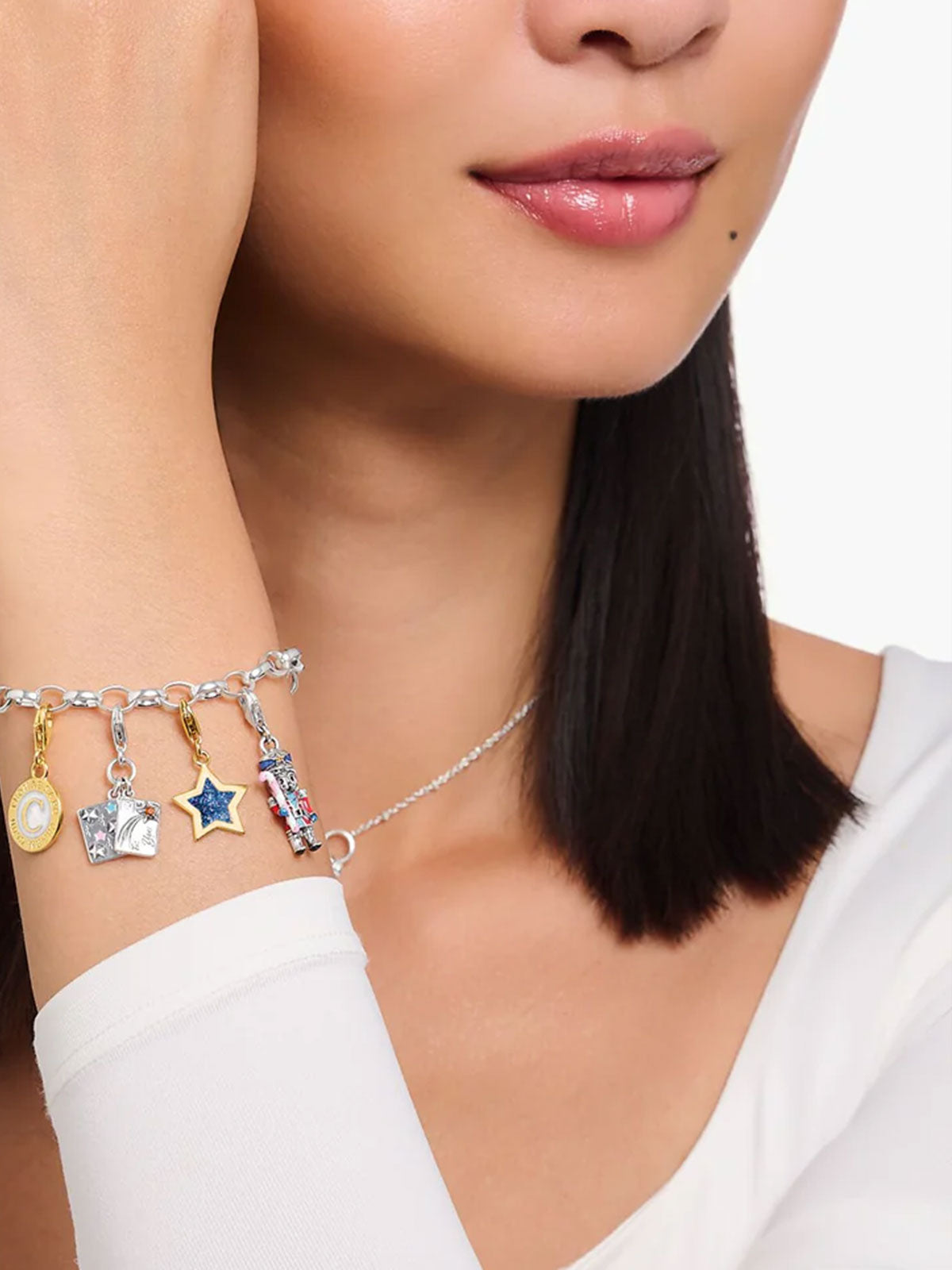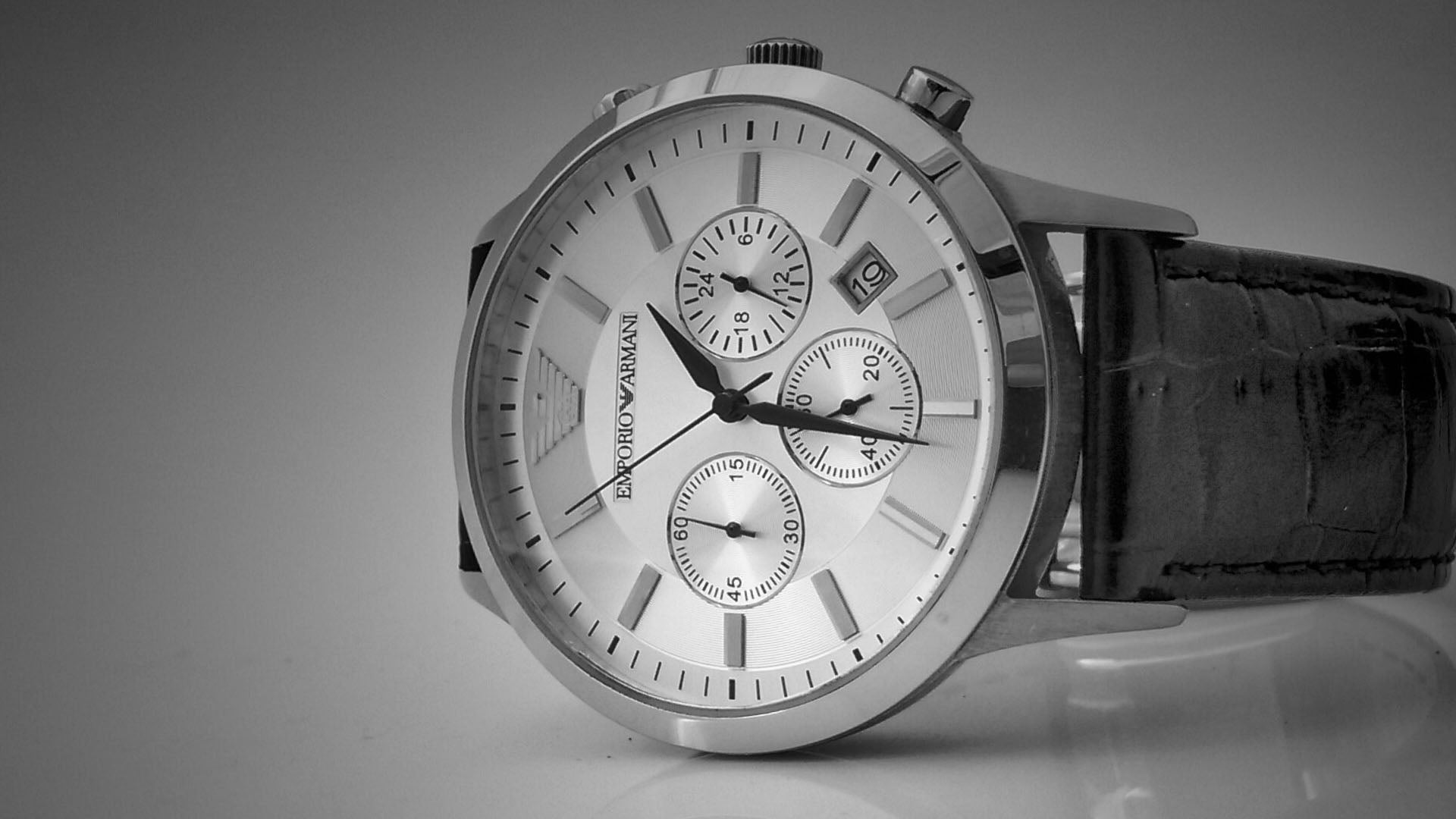When shopping for a new watch, there are lots of materials and specifications that can be difficult to really understand. In this article, we will cover the three types of crystal that are most common to find protecting the dial of you watch – acrylic, mineral and sapphire crystals.
What is a watch crystal?
A watch crystal is the window to your watch that protects the dial and movement of your timepiece from dust, dirt, liquid and other materials. They are present on the front of the watch to display the dial and often on the rear of the watch to display the movement of a watch like these mechanical pieces.
Acrylic Crystal
An acrylic (or hesalite) watch crystal has a decidedly vintage feel and appears most famously on the Omega Speedmaster Professional Moonwatch.
Acrylic crystal is the most prone to scratches of those featured in this article, however its resistance to shattering and cracking make it robust and reliable. They can also be restored to near-new condition through polishing.
Mineral Crystal
Mineral crystal is a form of glass for watches that has significantly improved scratch resistance when compared to acrylic, and is more prone to chipping than shattering. Mineral crystal is generally more common in entry-level and fashion watches for its affordability, practicality and clarity.
It can be distinguished visually from other types of crystal through its slight blue tint and how a drop of water will spread across it.
Sapphire Crystal
Sapphire crystal is the preferred crystal of choice for luxury watches including Swiss brands like Breitling, Longines, Raymond Weil, TAG Heuer and Tissot. It is an extremely strong and scratch resistant, measuring 9 on the Mohs scale, with diamond being the next hardest with a rating of 10. Sapphire crystal is as close to scratch proof as you can get, however diamond or any man-made material with a rating between 9 and 10 will be able to.
Sapphire crystal will often have an icy touch to it and water will form distinct droplets on its surface.


